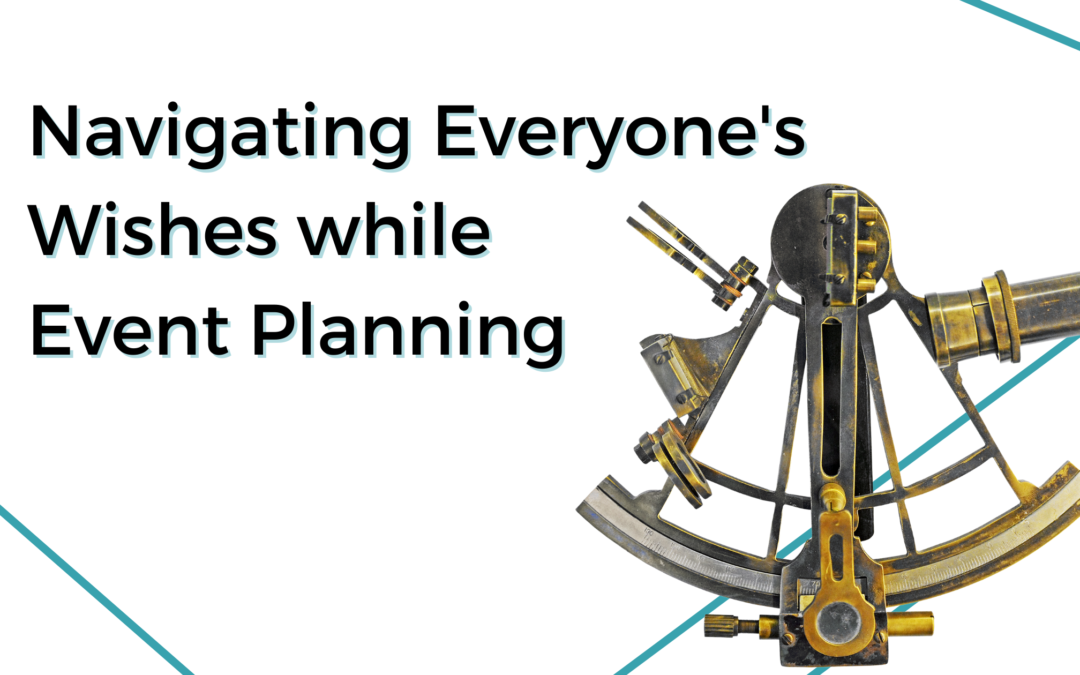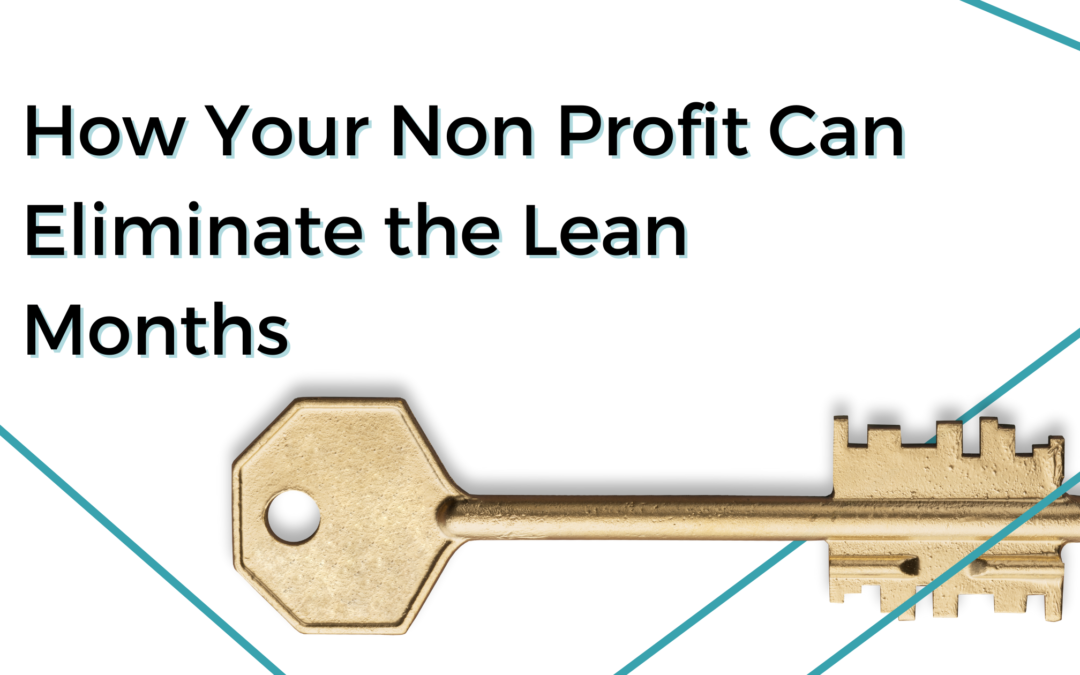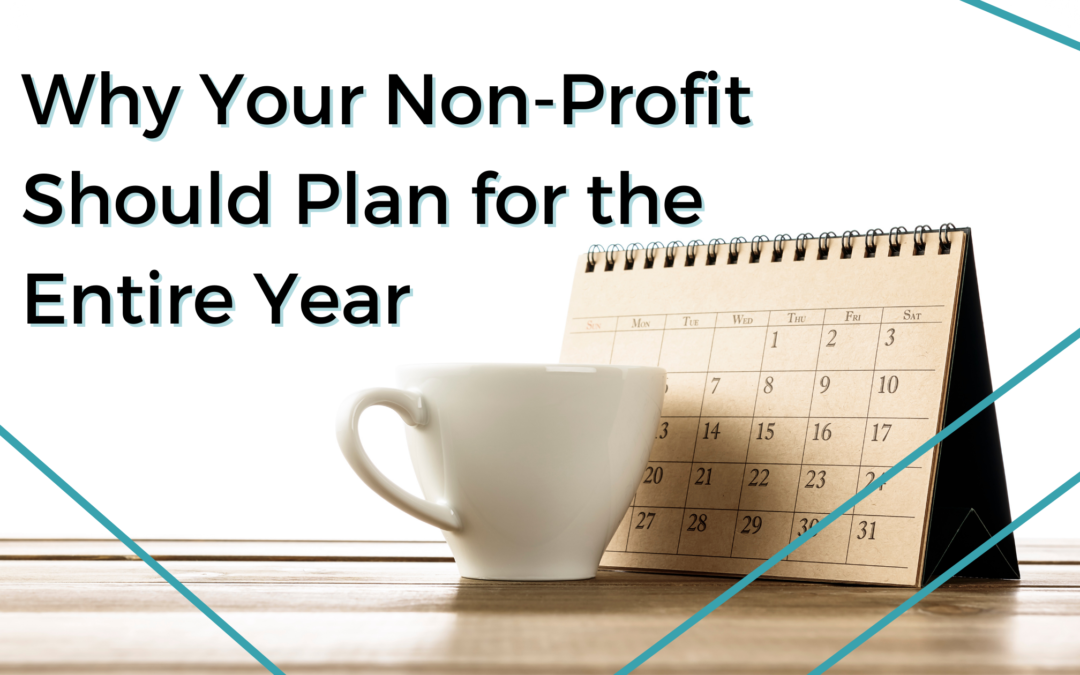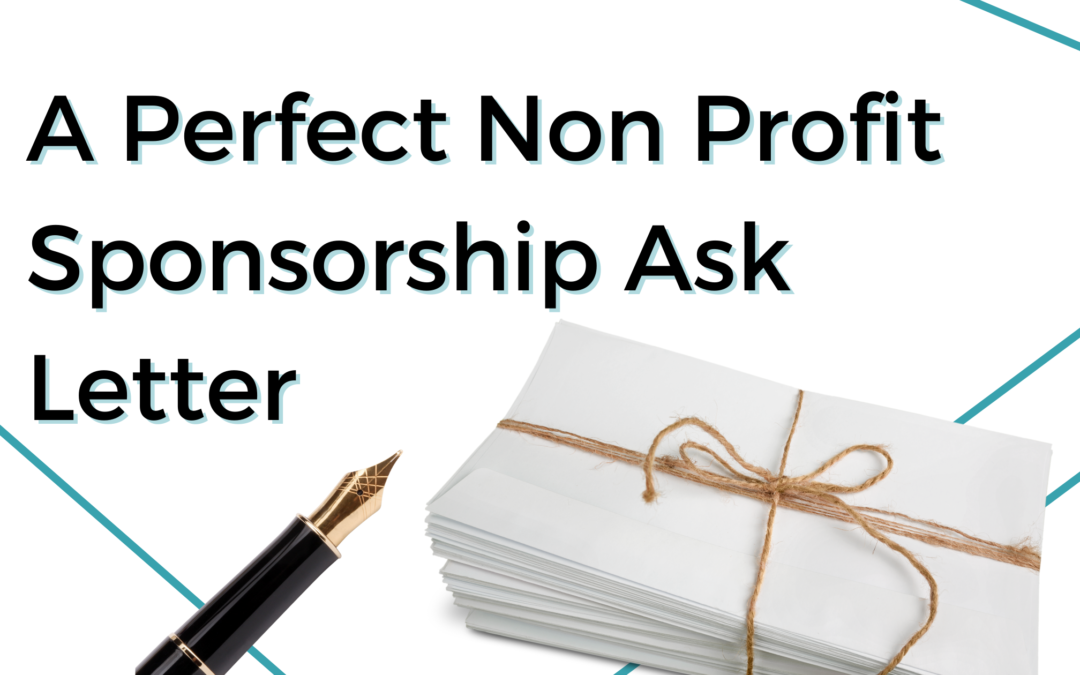
Business, Non-Profit, Trade Show
Trade shows are an investment. Learn how to get the most out of them when attending with our 6 tips.
Download the guide below and get your plan for the next trade show put together.

Business, Events, Non-Profit, Trade Show
Event planning in general is not easy, our goal is to make everyone enjoy the event if not feel genuinely happy – and you can never make everyone happy. It is a constant dichotomy that is at play. So how do you manage everyone’s competing wishes?
I set people and their wishes into different tiers and use that as my hierarchy of event needs.
Tier One: The Client
The person who is hiring me is the person that I listen to the most. If I have been hired by an organization or committee, I have them appoint a point of contact and decision maker. I did an event recently where the CEO wanted to make some changes at the event (think 15 minutes before we started to serve food), and I still turned to my point of contact to approve those changes. I am happy to shift things on the fly and a good event planner can make miracles happen but I do not take direction from just anyone.
Tier Two: People with Major Allergies, Medical Accommodations, or Religious Restrictions
I always bring up food allergies and ask if anyone will need any special accommodations. I want to make every one who is attending feel welcome and to enjoy the event. Vegetarian options are easy but knowing about major food allergies and conveying that to the caterer is crucial. Also, do you need a sign language interpreter? Do we need to make sure that we have wheel chair accessible spaces? Do we have people who cannot eat certain food due to their religion? I want the host to tell me about their guests and how we can make sure they all enjoy the event. Learn to avoid Event Food Pitfalls here.
Tier Three: The VIP’s
Events often come with a VIP Tier and these people pay extra to be treated well. I am not changing the menu for them or having the caterer make special food, but I will bring out extra bread and ensure that they receive a higher level or service.
Tier Four: Everyone Else
The guests at the event are there to enjoy, but we cannot please everyone. If you are serving soda, people will complain about the type. The key is apologizing for the inconvenience and then offering alternatives. You also get very good at seeing who just wants to complain, who is trying to flirt with the servers, and who has a genuine concern.
Their tier system allows you to know when to make major changes and when to just move on. Knowing who your main client and stakeholders are is the key.
Remember that not even an ice cream shop can make everyone happy – some people don’t like ice cream, others will want a flavor that isn’t offered, and others will be angry about where the milk came from.
Your job when planning an event is to make the client happy and as many of the guests as possible.
Business, Non-Profit
Scholarships are a great way to help people and to use the money you raise. It is also a great way to look into the future. Here are the way to put together a scholarship that will last and that will grow.
Before you get into budgeting and even fundraising for the scholarship you need to decide who is going to administer the scholarship and the type of person who you want to receive it. These are the questions to ask.
- Who are you going to give the money to?
- Write out the profile of the person you wish to support. Are they male or female? Are they in high school or college? What qualifies them for this scholarship?
- How do they earn the money?
- Do they have to submit an essay? A video? Do they have to have a certain GPA? Do they need to be under a certain income level? Do they need to have worked within your organization?
- You can change and update this but having a clear idea of what you want them to do is a crucial part.
- Who will administer the scholarship?
- Will you have an elected committee? Will you have an outside scholarship administrator? Will you bring in people from the community to judge the scholarship but then have the finances internally? How will changes be made and who can make them? Who will be able to sign checks?
Once you have answered these questions then you need to figure out what your budget will be. Now this is the hard part because you can decided to just give $500 every year out of your budget but what happens in a lean year? What happens if you don’t have the money?
To make sure that your scholarship lasts, you need to plan for the long term. That means setting aside more money that you need each year into a savings or a fund. You should talk with a financial advisor about the best vehicle for you and your organization. But if you put $1000 away each year and give out a $500 scholarship then you will be years ahead. You will be able to eventually give out more scholarships or larger amounts. Learning how to manage your lean months will help you put this money away.
I know that it is tempting to give away all the money that you can each year, but if you can set some aside and put some into savings, you will be able to help more people in the future and for longer.

Business, Non-Profit
Non profits often experience lean months where donations dry up and hard choices have to be made on who to help. This doesn’t have to happen – you can survive and even thrive in the lean months and here is my suggestion on how.
Keep Records
You need to know when your lean times are happening and when you receive an influx of donations. You need you analyze your financial records and see where the peaks and valleys are. You cannot fix the problem until you know where it is.
Do Monthly Gives
Ask donors to sign up for a monthly give. Work with your bank or credit card processor to set up a monthly give program. Most people will sign up for this and then forget that they have it going. This gives you a constant stream of income.
Consider Shifting Your Fundraising Efforts
Can you adjust when your fundraisers happen to have them happen before or during your lean months? You can experiment with smaller events in these seasons. Also, shift the type of fundraiser you are holding. You can reach different audiences with different fundraiser types.
Do Yearly Sponsorships
I have written about this before in this blog but planning ahead and getting yearly sponsorships allows you to budget better and get bigger gives from your corporate partners.
Run Like a Lean Start Up
Do you need the office or can you work remotely and save the overhead? A storage unit can hold items just as well as a storage closet – and they are less expensive. Can you bring in college students to help with projects? Many schools require their students donate time to their community and there are many college organizations that also require service to non profits.
Find the Freebies and Use Them
Many large corporations have programs where they give gift cards and other items to 501(c)3 Charities. Also, consider using a credit card that gives you cash back or points to pay for everything, then immediately pay the card off. You can use that money or the points to get auction items or even items to reward your employees at the Holidays.
You can eliminate your lean times so that your non profits can continue to serve those you are called to help.

Events, Non-Profit
While getting your committee of volunteers to plan for a whole year seems daunting it has many advantages and allows you to focus on fundraising and helping those you serve.
Here are the 4 main advantages and what you gain from each.
1.You can focus on help people, not the fire drills of planning or last minute fundraising
This is probably the biggest way to sell yearly planning. You are a part of the non-profit to help those you serve, not to be on a continuous merry-go-round of last minute planning and scrambling.
Knowing when you will fundraise and what your goals are, allows you to plan ahead. You can write emails and social media posts early. You can create banners, flyers, and packets ahead of time. All of the tasks that need to be done for normal fundraising can be scheduled out with plenty of time in between to ensure that you can still be helping your constituents.
Outside of fundraising, you can plan on the activities to help those you serve and let them know. You can ensure that you are able to help more people by planning ahead and letting them know early what type of help and when you will be giving it. They can then plan around the times that help may not be available.
2. You know when you need volunteers and can let them know
Obtaining volunteers is sometimes the hardest part of fundraisers or other events. If you know a year in advance, your volunteers can put it on their calendar and plan around those events they want to attend.
You can also reach out to other organizations such as your local fraternities and sororities and have them put it on their calendars as charity work.
3. You can get yearly sponsorships
This is something I am big on doing. You cannot go back to the same well over and over without drying it out. If you know the fundraising events you are doing for the year, you can then sell yearly sponsorships. Learn about them in this blog post.
4. You can start to think long term
So many non-profits I come across are not thinking long term. They think from year to year but not two or five years out. If you can start thinking in year long terms, you can then start thinking in longer terms. Can you start putting 20% of your profits away into an endowment fund to grow so that your organization will have money in the long term? Are you looking to build a facility? What would your organization look like if you had half a million dollars to spend?
Non-profits need to plan for the long term and plan beyond the current members. You need to be thinking about the future and this is the first step in that process.

Events, Non-Profit
Your sponsorship letter is an important part of your event and the P.R. of your organization. A good letter will increase your raise and allow you to make a larger impact in your community.
Here are the 6 parts of your perfect ask letter.
1. Personalized Introduction
Your salutation should always include the name of the company you are reaching out to. If you know the name of the person who handles sponsorship requests then add that as well. There is no excuse for generic letters with todays technology. Show people that you care enough about them and their business to use their name.
2. Organization Introduction
Give a brief, two sentence explanation of your organization and who you serve. This should be no more than 4 lines long and needs to be impactful but short.
3. The Ask
Get to the point in what you want. You are asking them for money or in kind trade for your organization. If an event in a part of the sponsorship you need to include the event details.
4. The Impact
People like to know how their money is impacting the community so tell them. How many people are you helping? How many dogs will be saved? Put this in a bullet point list of 3-5.
5. How to Donate
Here you give the information on how people can donate to you. I would suggest having an online portal that people can use and see what sponsorships are still available if you have limited quantities of each. Work with your bank to see about credit card processing online.
6. Thank you and a Wet Signature
Sign off by saying thank you and then ensure that the signature is actually signed in pen. I know that they can take a while but it shows that you put in the extra effort and that you care.
The letter should be a page long and on letterhead. You can include the sponsorship packet with the letter but that is not a part of the letter. If your organization does not have letterhead, you can make one using the header and footer portions of any document creation software.








